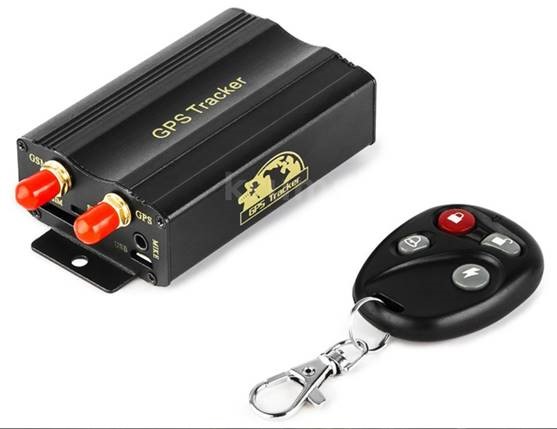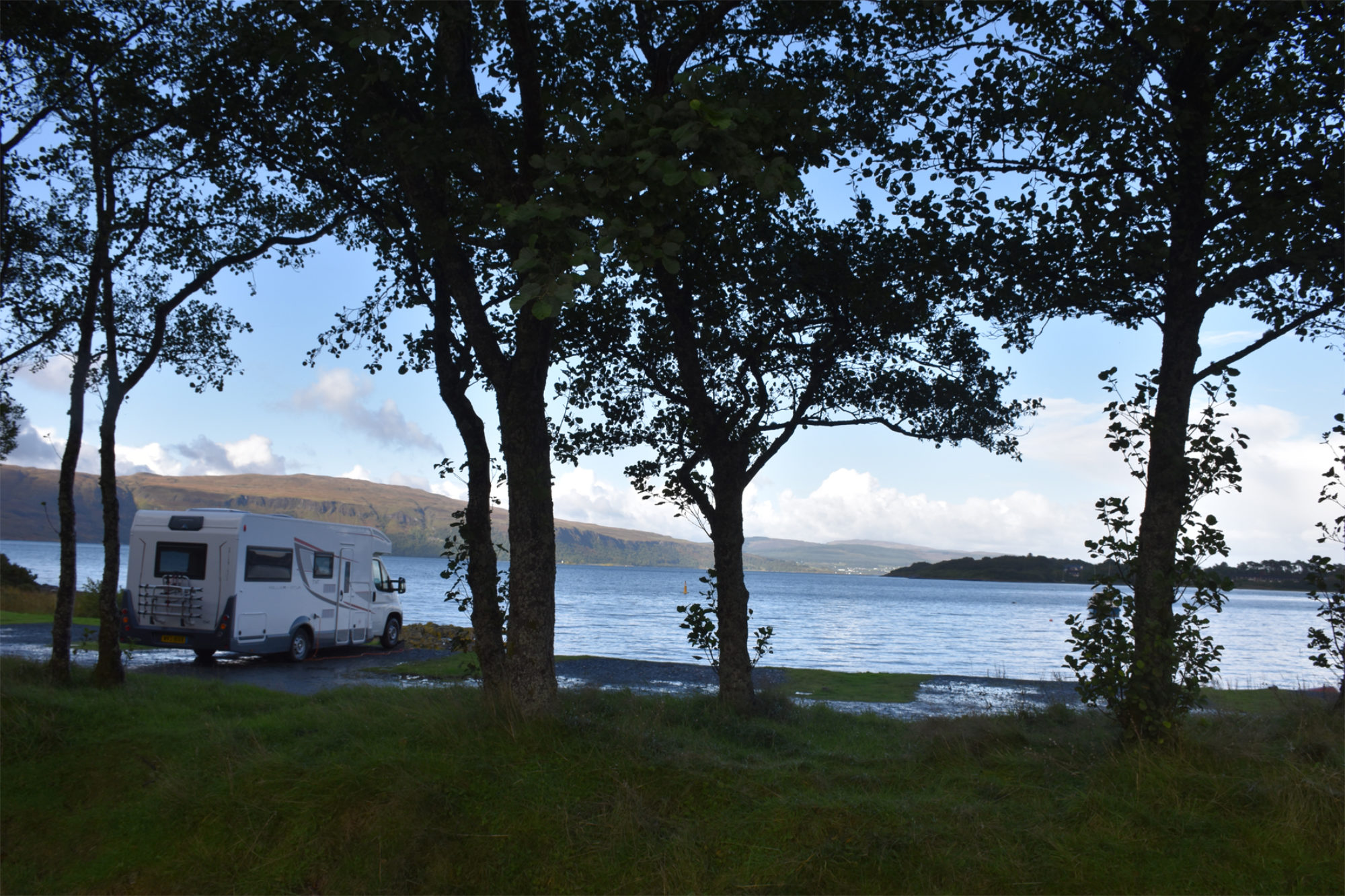My motorhome didn’t come with an immobiliser or a tracker fitted from new. When I shopped for insurance I found that a professionally fitted immobiliser was mandatory, so I had the Motorhome dealer (Don Amott) fit one before I picked it up. During this process I did look into having a tracker fitted too but was put off by the expensive monthly charges.
So I came up with a DIY way of tracking that was a lot less expensive, but no less useful.
Functionality
When the vehicle is started and when the vehicle stops, the tracker sends me an SMS. This SMS contains the current GPS co-ordinates and a link to google Maps that shows the location of the motorhome in the handy context of a map. For instantaneous location information I phone the tracker and it responds with a similar SMS with it’s instantaneous co-ordinates and a link to google Maps. Just what I was after.
Components
TK103B GPS/GSM/GPRS Vehicle Truck Car Tracker Locator System+Remote Set UK E3R0 – Ebay – £13.89

Giffgaff pay as you go SIM £6
The tracker does a lot more that I am using it for. It can be wired up as an immobiliser and an alarm and even came with a relay for a remote fuel cut off. But for just under £20 it works well as a simple DIY GPR Tracker.

